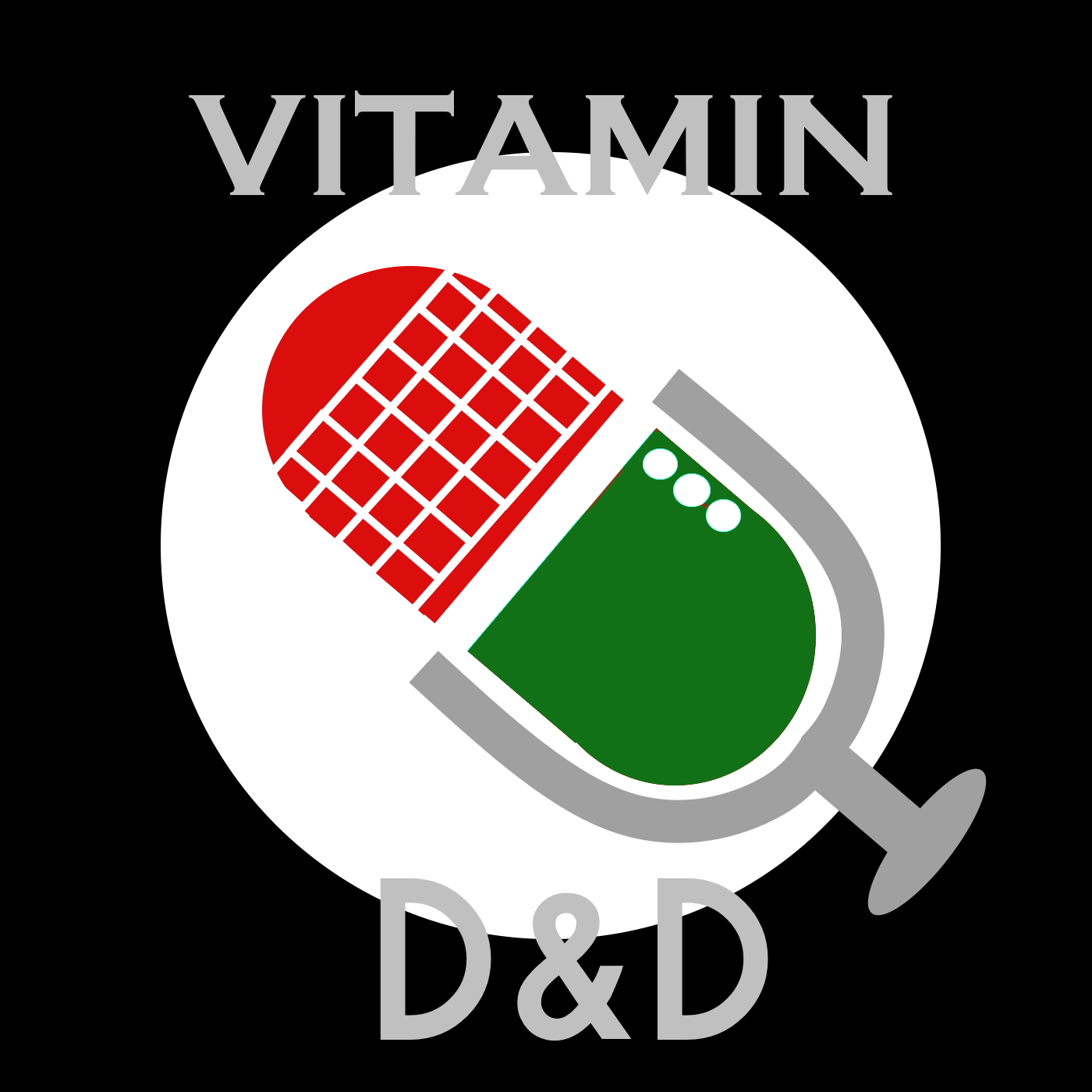Interacting with the world
On this episode, we’ll be talking more in-depth about ability scores, and how Players use them as their Characters interact with the world.
Just to recap there are 6 main Abilities and 18 Skills that fall under them
Strength, Dexterity, Constitution, Intelligence, Wisdom and Charisma
We will be referencing a few of the 18 Skills that get used most often, but we’ll give a short description of each up front. See page 175 in PHB for more detail.
Strength– any attempt to push, pull, or break something, force your body through a tight space, or apply brute force to a situation.
Strength is also the Ability used for some melee attacks, and throwing certain weapons or objects (or small party members)
- Athletics– situations while climbing, jumping, or swimming.
Dexterity– any attempt to move nimbly, quickly, or quietly, or keep from falling on tricky footing.
Dexterity is also the Ability used for some melee attacks, and most ranged weapon attacks.
- Acrobatics– covers attempts to stay on your feet in tricky situations, or stunts such as dives, rolls, and flips.
- Sleight of Hand– covers acts of trickery such as planting an object on someone, concealing an object, or taking something without being noticed
- Stealth– covers attempts to conceal yourself, slink quietly past guards, slip away without notice, or sneak up on an unsuspecting target.
Constitution– any attempt to push beyond normal limits of endurance. Constitution checks are very uncommon, as the endurance represented is largely passive. There are no Skills that fall under Constitution, but some common tasks that may need a Constitution check are: holding your breath, hard travel without rest, going without sleep, or holding down your hearty meat pie during an eating contest.
Intelligence– any attempt to draw upon logic, knowledge, memory, or deductive reasoning.
- Arcana– measures your ability to recall lore about spells, magical items, magic traditions, or different planes of existence and their inhabitants.
- History– measures your ability to recall lore about historical events, people, and places.
- Investigation- used when searching for clues and making deductions about those clues, or searching for information in a scroll or book.
- Nature– measures your ability to recall lore about terrain, plants, animals, weather, and the cycles of nature.
- Religion– measures your ability to recall lore about deities, rites and prayers, religious hierarchies, holy symbols, and the practices of secret cults.
Wisdom– any attempt to read body language, understand someone’s feelings, notice things about the environment, or care for an injured person.
- Animal Handling– measures your ability to calm a domesticated animal, keep a mount from being spooked, or read an animals intentions.
- Insight– determines whether or not you can read a creature’s true intentions, such as sensing a lie or predicting their next move.
- Medicine– lets you try to stabilize a dying companion or diagnose an illness
- Perception– lets you spot, hear, or otherwise detect the presence of something. Measures general awareness and keenness of your senses.
- Survival– measures your ability to follow tracks, hunt wild game, guide your group through rough terrain, spot signs of nearby creatures, identify changes in the weather, or avoid natural hazards.
Charisma– any attempt to influence, entertain others, make an impression, tell a lie, or navigate tricky social situations.
- Deception– determines whether you can convincingly hide the truth, either verbally or through your actions. Can include attempting to con a merchant, gamble, pass off a disguise, or tell a blatant lie.
- Intimidation– your attempts to influence someone through overt threats, hostile actions, or physical violence.
- Performance– determines how well you can delight an audience with music, dance, acting, storytelling, or some other form of entertainment.
- Persuasion– attempts to influence someone or a group with tact, social graces, or good nature. Used with acting in good faith, fostering friendships, making cordial requests or exhibiting proper etiquette.
Basic Roleplaying
Literally the act of playing out a role. In the case of D&D, you as the player are determining how your character thinks, acts and talks; their quirks, mannerisms, and personality influencing the outcome of interactions. Roleplaying is part of every aspect of the game, none more so than during social interactions, whether it be with other Player controlled Characters in your party, or Non-Player Characters controlled by the DM.
There are 2 styles described in the PHB. Using a Descriptive or an Active approach to role-playing. Most players use a mixture
- Descriptive Approach– You describe your Character’s words and actions to the DM and other Players. Drawing on your mental image of your Character, you tell everyone what your character does and how he or she does it.
Keep the following things in mind
- Describe emotions and attitude
- Focus on your character’s intent and how others might perceive it
- Provide as much embellishment as you feel comfortable with
- Active Approach– You speak with your Character’s voice, like an actor taking on a role. You might even echo your character’s movements and body language. This approach is more immersive, though you will still need to describe things that can’t be acted out.
Results of Roleplaying- Your DM uses your Character’s actions and attitudes to determine how NPCs react. While interacting with the DM as they are portraying NPCs, pay close attention to their roleplaying. You may be able to pick up on subtle bits of personality, which you can then use to your advantage. Just like real life, in D&D, when used wisely, your words can take you far, avoiding conflict and forming pivotal relationships. But used poorly, they can lead to conflict that can follow your adventuring party throughout your entire campaign.
